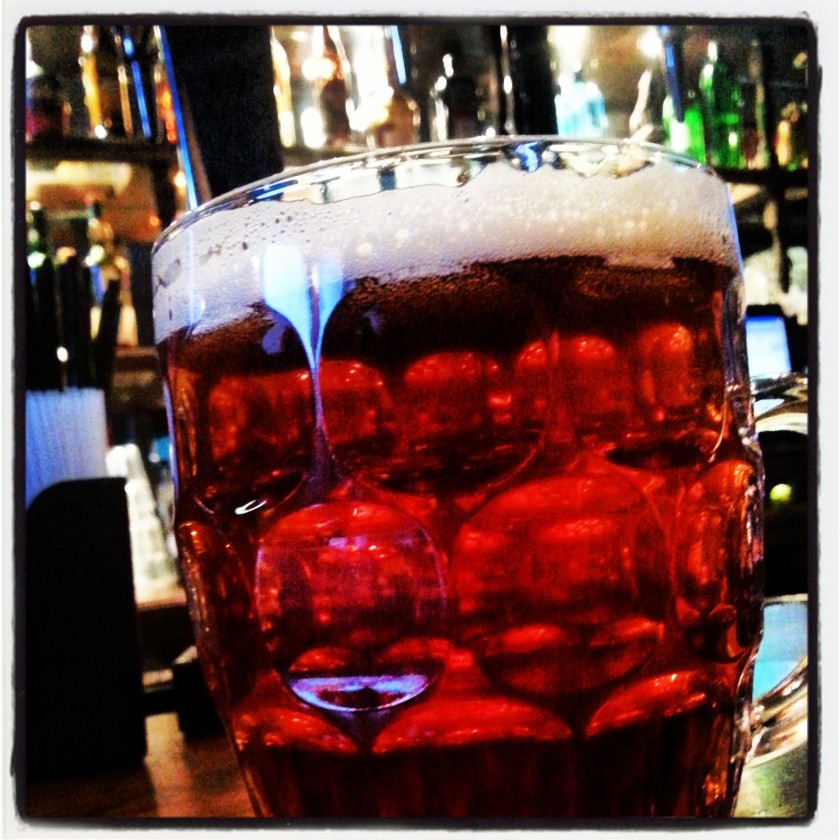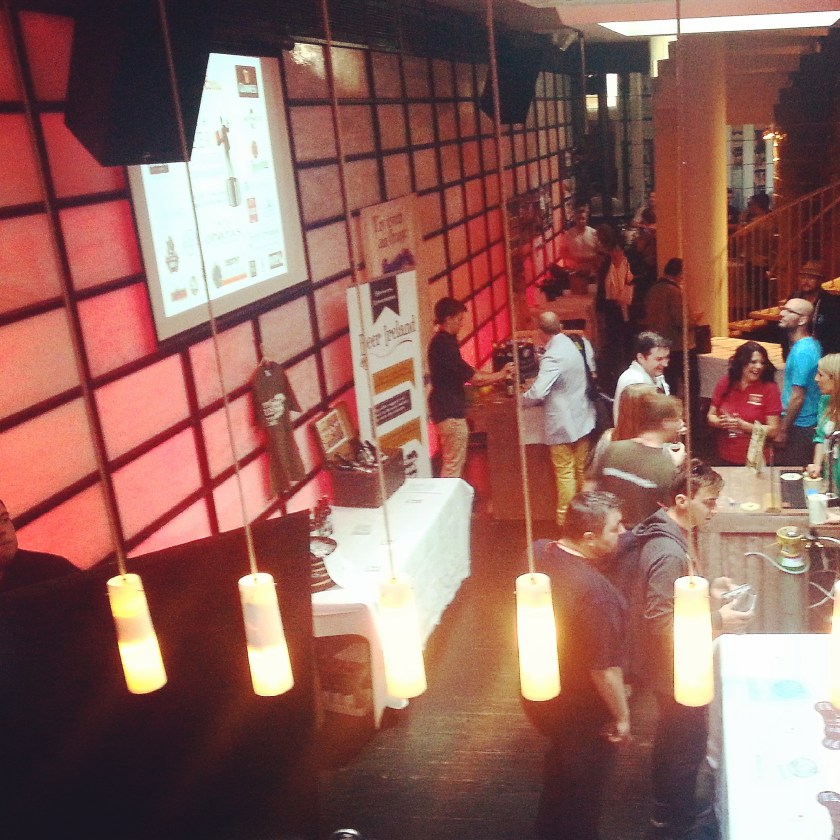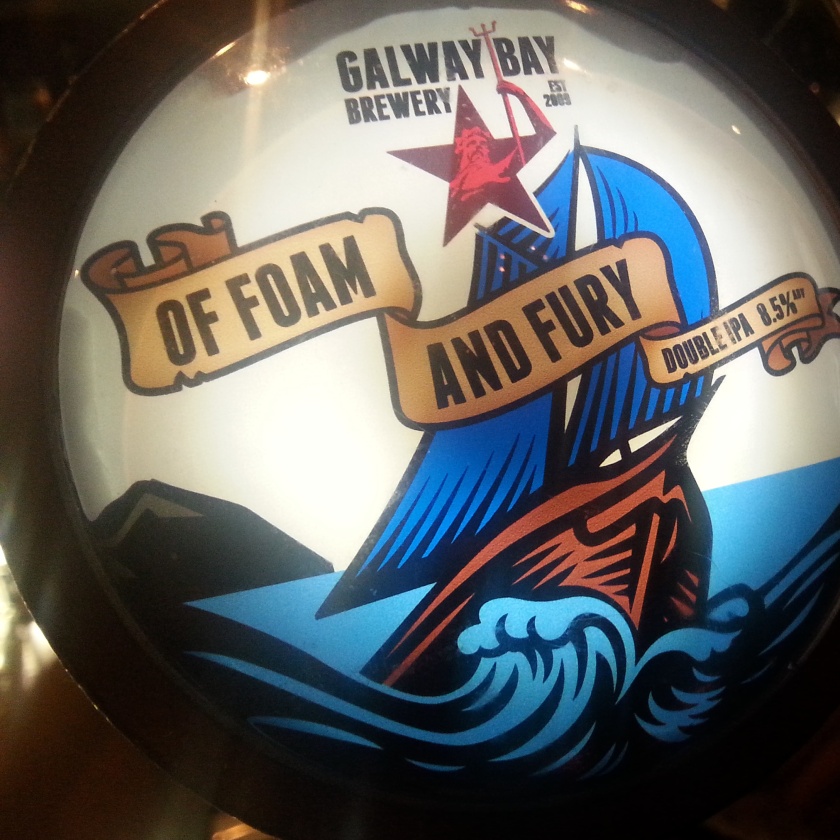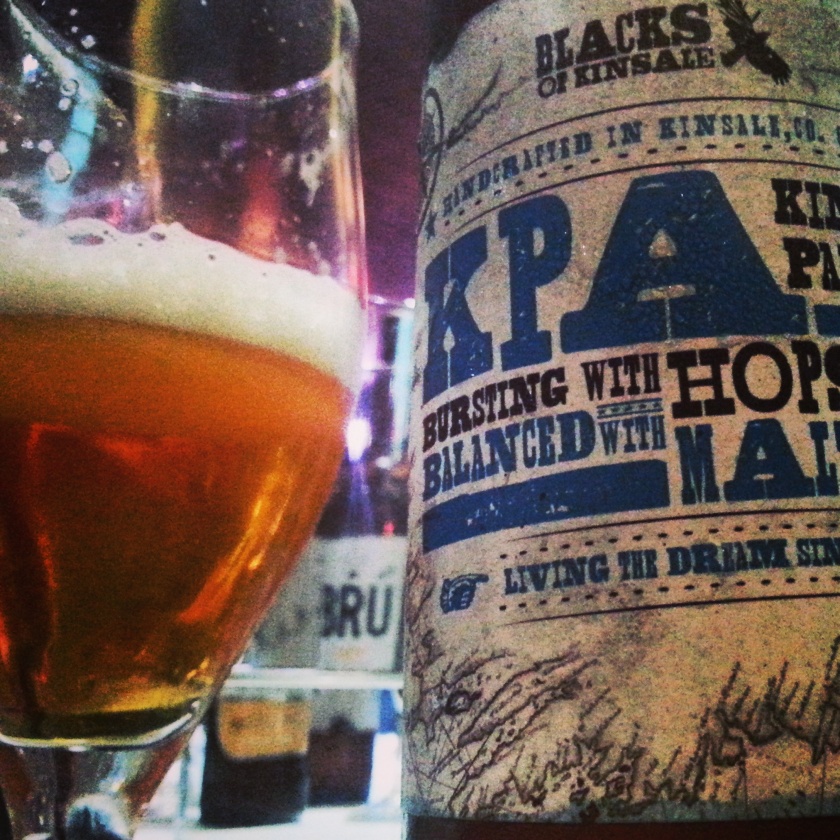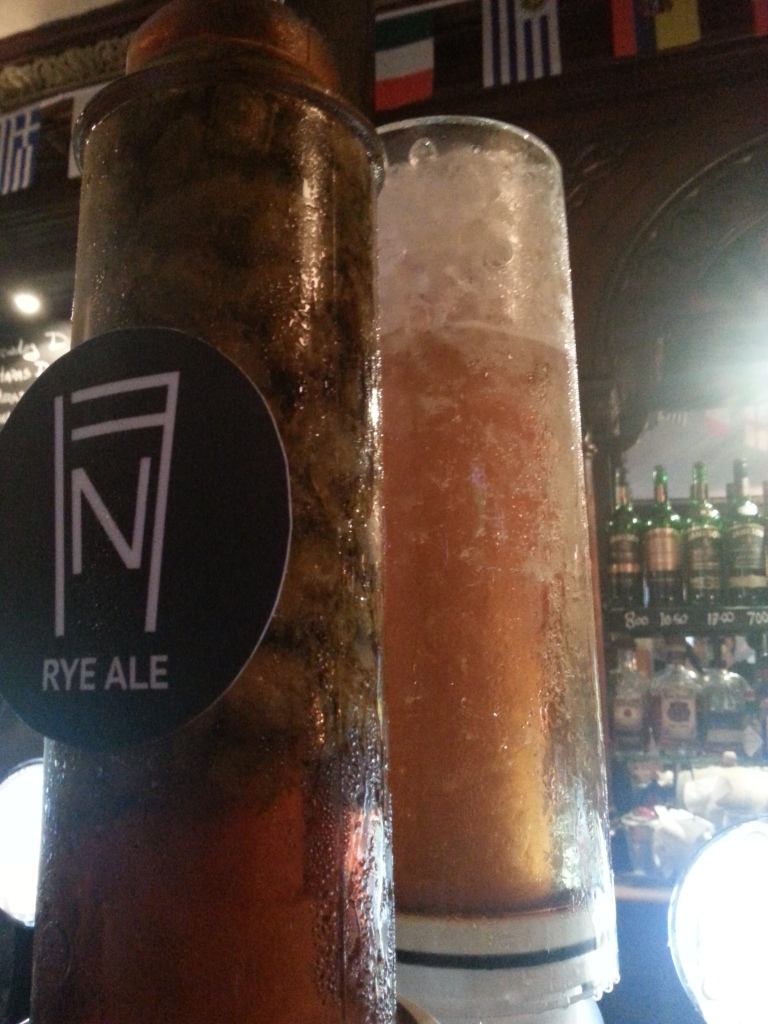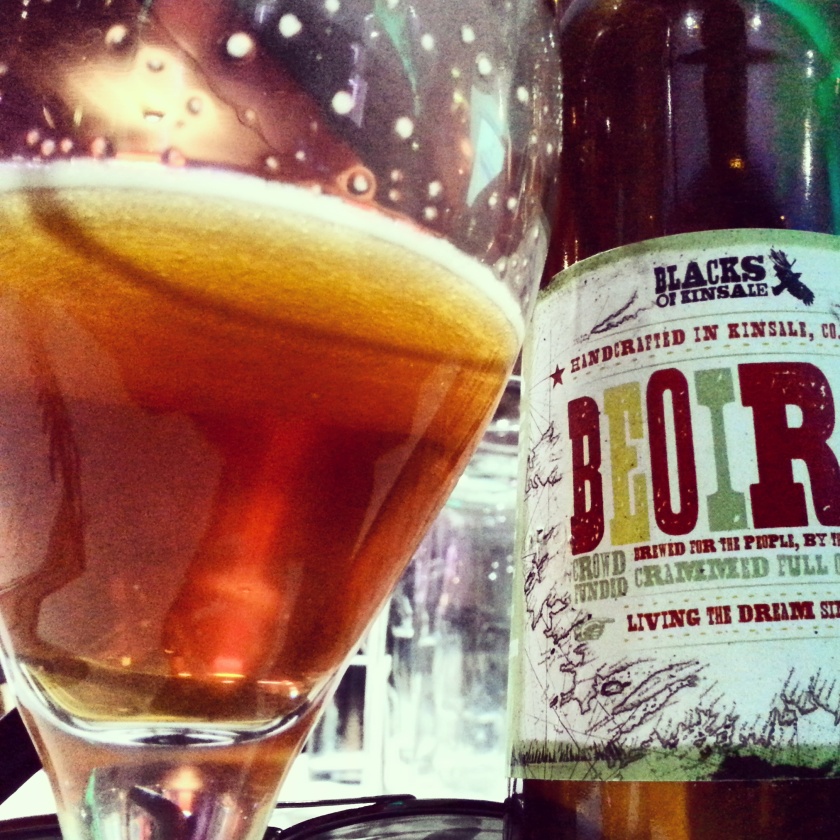In June, I decided to write about the beer culture in four countries based on my visits to four very different events. The resulting posts (starring the W-Ales Beer Festival, the Bermondsey Beer Mile, BrewDog’s Punk AGM 2014 and the European Beer Bloggers Conference in Dublin) left me with fascinating glimpses into a period of change in each place. Afterwards, I tried to piece it all together. What did it all mean?
I went into Four Nations of Beer willingly blind, and wrote four posts with a theme that should have seemed obvious to me from the outset: transition (note those forward-leaning letters, grasping at the future). Whether it was Wales outgrowing its current phase of ‘craft’ growth, London stepping into a more established period, BrewDog maturing while struggling to shake off the difficulties of growing so quickly, or the rapid and prosperous blooming of Irish craft beer, I saw cities and beer scenes with beer DNA mutating and evolving into something new, and usually something better.
It’s been an exciting series of experiences. Exciting is a word I use too often – but damn it if there isn’t emotional electricity in the beer scene right now. I wouldn’t necessarily recommend doing four countries worth of drinking in a month to anyone, though. Returning to the humdrum of an office day job after the euphoria of Dublin left me listless and frustrated, but it’s certainly educated me a great deal.
Reassuringly, I had similar conversations with people in each of these places, about brewing being artistry rather than manufacturing, and the values of honesty and perseverance. In Dublin, I even heard Dean McGuiness mention these words, and others besides, in what he deemed to be a set of values that Irish craft brewers should adhere to. It feels like the nebulous beginnings to a definition for ‘craft beer’, but nothing so modish or self-serving, more of an aspirational charter maybe. It has to be something that is of benefit to people first, industry second, or we will quickly get into a Some Beers Are More Equal Than Others situation.
With all of that hope came more than a little of The Fear, of losing what we love so much, of reach exceeding grasp and of rogue elements bringing the whole house of cards down upon itself. If a rich, diverse and exciting beer scene across the British Isles is worth fighting for, then it’s worth working for too, to build something that will last. That something doesn’t need to be a crowd-funding initiative, a state of the art brewery, a new word for ‘craft’ or a even a successful, long-running beer festival. It could simply be a beer that becomes an idea, a symbol that lasts the test of time.
My month of beer travel ended in the Mad Bishop and Bear in Paddington station. It was there that I bade farewell to Craig Heap, who was present at the beginning and ending chapters of my tour. If there was any noticeable change in me in the intervening month (presumably a paunch, sallow skin and a thousand yard stare), he didn’t mention it. We sat in a corner at a small table by the bar, occasionally interrupted by the cries and shouts of football fans watching the projector screen. We drank pints of cask beer, pale golden ales of bright, zippy flavours that reminded us of our time in Yorkshire as students, where the real ale microbrewery revolution had preceded its craft cousin by several years.
As comforting as this was, after the chocolate porters, DIPAs and varieties of saisons blasting my palate left, right and diagonally over thirty days, the simple charms of a hand-pulled pale ale disarmed me. I’d become accustomed to picking out the effects of barrel ageing, hopping in different stages of brewing, the blending of styles and so on. The once-obvious mineral, chalky note of Portobello Pale was a flavour with no name at first, and I had to confer with Craig to retrieve the word from my brain.
I felt suddenly uncertain, unstuck like Billy Pilgrim, unsure of myself and everything that had happened to me. The British Isles had done their zymurgical utmost to me. I felt spent, yet energised; pummelled internally, yet externally still thirsty for more. Wild-eyed, baffled, each eyeball moving independently of the other, each half of brain ignorant of its neighbour, I felt adrift. I needed an anchor.
It occurred to me then, glancing at the chalkboard that explained when each cask ale had been put on to serve (more of this sort of thing, please), that only one beer could ground me. I needed a hard factory reset to put me back in the time space continuum.
When Craig placed the pint of ESB in front of me, I could already feel it working on my synapses. My retinas adjusted to the burning amber hue, tightly formed bubbles and total clarity. My olfactory receptors began to recalibrate, detecting the characteristic note of ever-so-slight-oxidation (a soft bit of sherry), warm orange marmalade on toast and a summer hedgerow.
There was no messing about – to sip it would be an unforgiveable injustice – this was deadly serious. It was incredibly important to get the beer inside me and knock the dents out from within like a malty hammer, so in it went. A hearty mouthful of it sat there, poking about, shovelling out biscuits, pepper, toffee, orange pith, making itself at home. Craig perhaps noticed my pupils dilate, colour return to my cheeks, a soft glossiness returning to my coat. Revivification.
I gulped more of this full-bodied, jumper-wearing, calloused-knuckled ale, re-acclimatising myself to London, back to Earth, back to reality with it. The Matrix contained in its utterly British DNA re-taught me how to stand up straight, take life on the chin, remember my umbrella, and hold the door open for others. That pint of ESB put my head back on, gave it a good twist, and called me a plonker for wearing those bloody white and blue WordPress sunglasses.
Does all this change, evolution, expansion, reinvention actually mean anything if we can’t build something to stand the test of time like a pint of ESB? Sometimes we need a reality check to give us the perspective we need. We need to be able to hold it in our hands, look forward, backward and know our place in the world from it. The challenge is no longer to brew the beer that can’t be replicated, but to brew the beer of the age, that everyone will wish they had brewed first. A beer that in thirty years’ time, someone can taste, and understand, and through that beer look forward and backward with the clarity that only a glass of beer can bring. So go on then, brewers. Brew it.
